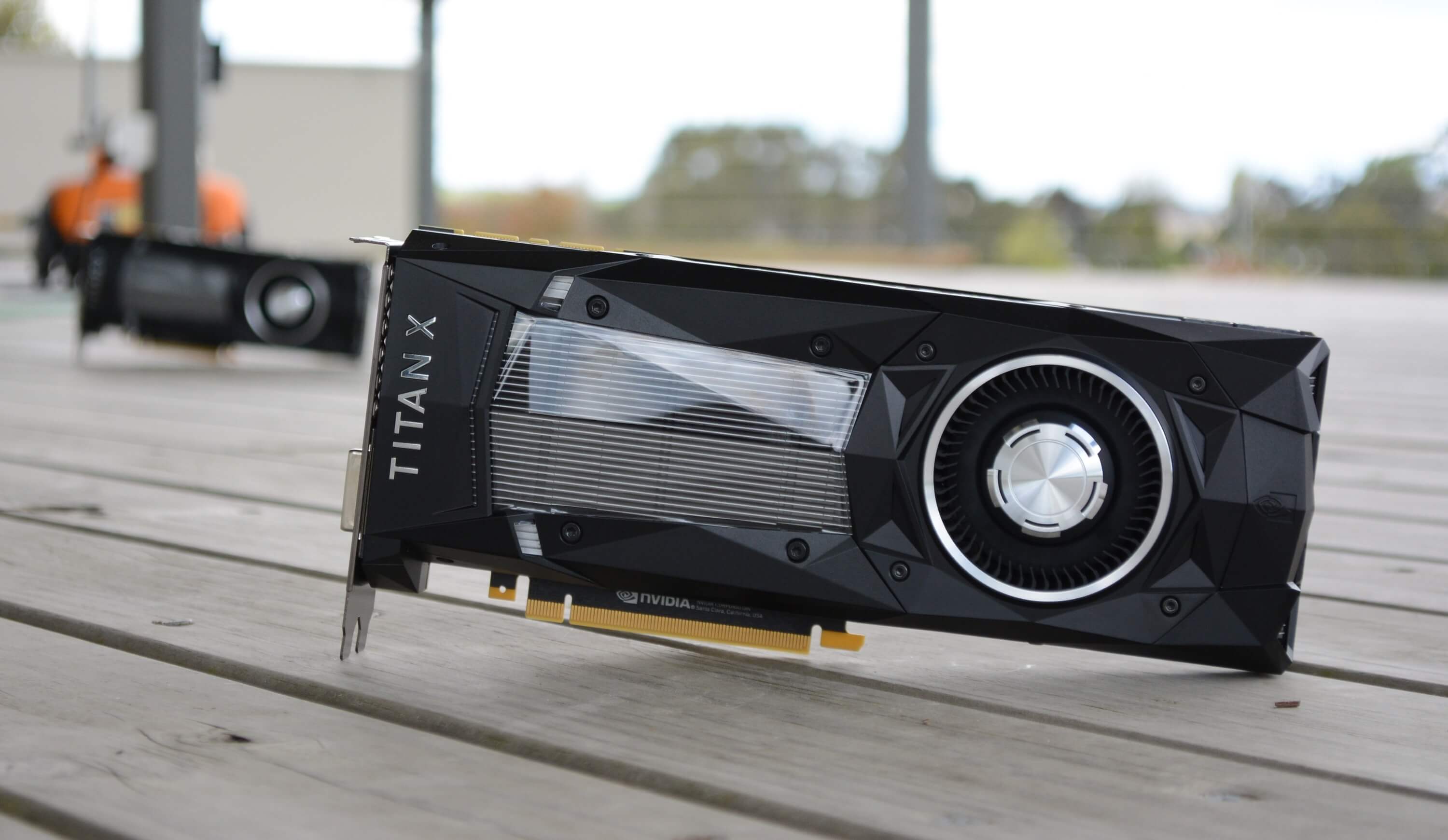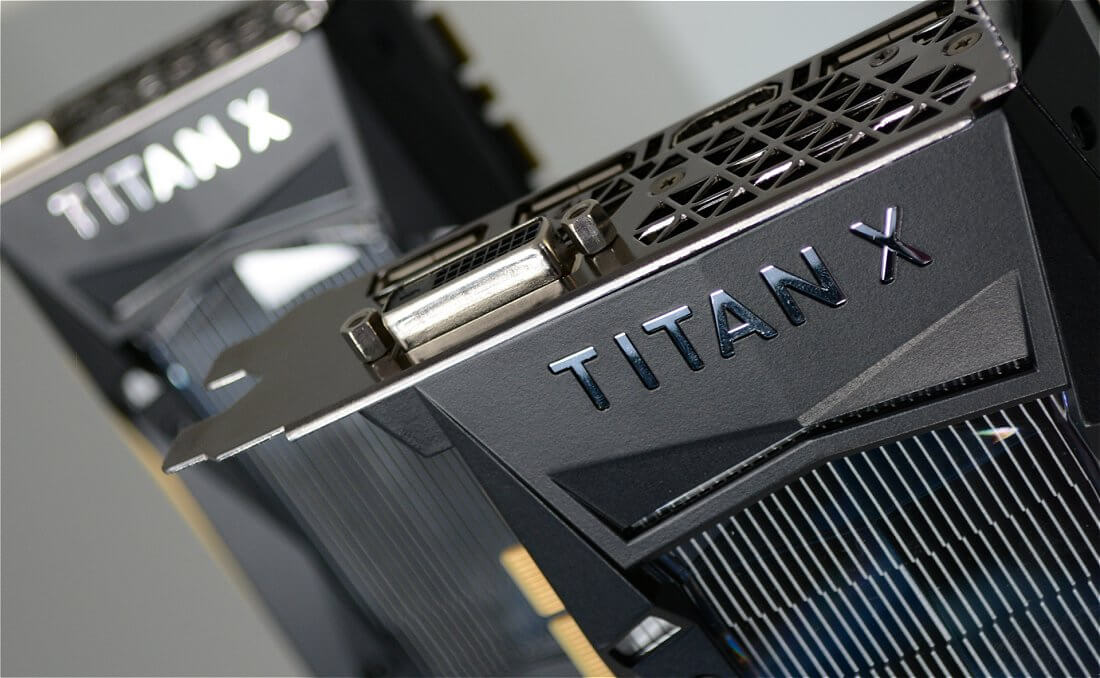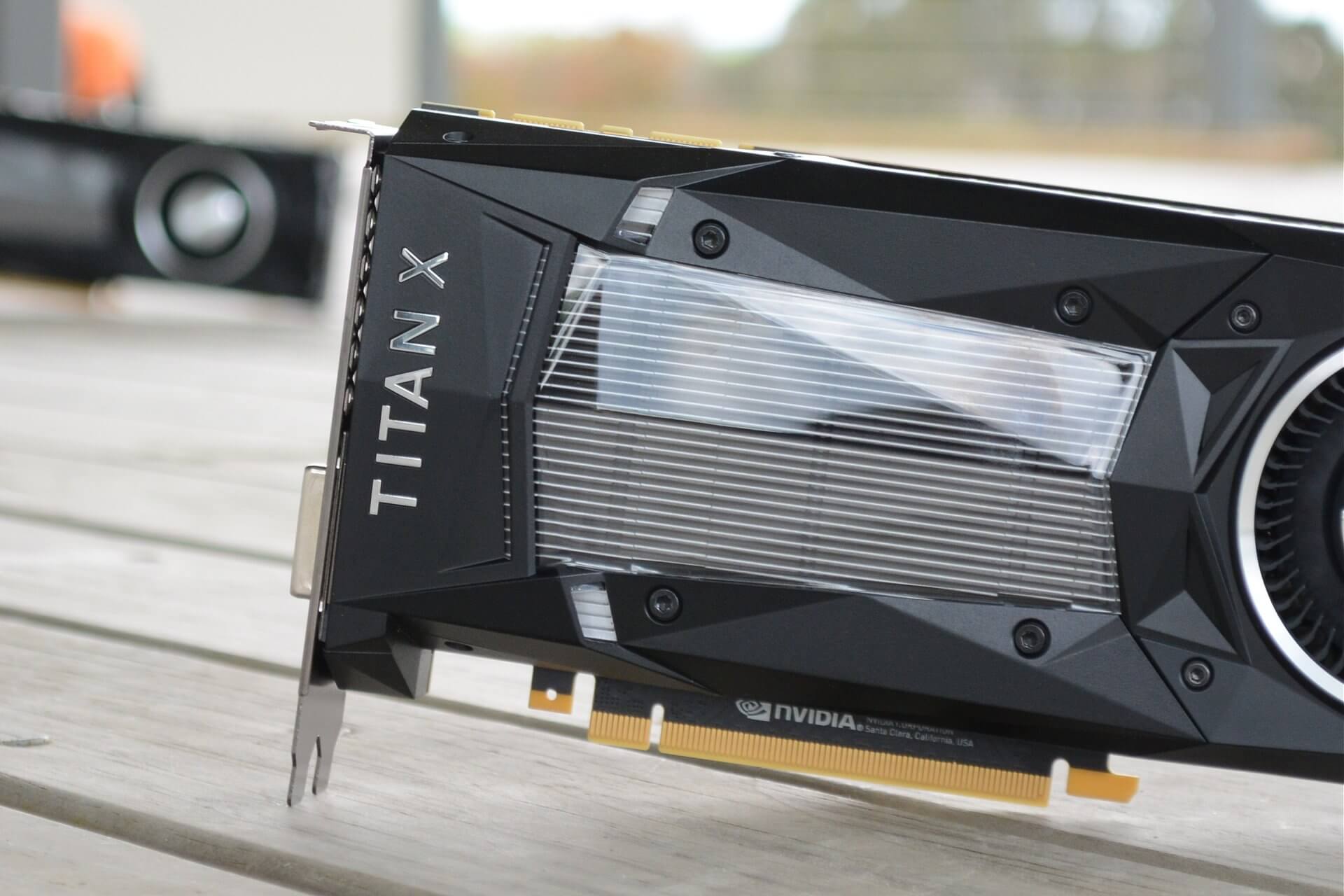Taking 4K Performance to the Next Level
The new Titan X may be ludicrously expensive but it's also ludicrously fast. Nvidia blew our socks off with the GTX 1080 only four months ago and now the company did what was seemingly impossible by making that same GPU look slow to some extent.
Folks playing at 4K will love what the Titan X has to offer and 60fps 4K gaming is now a reality. Although SLI didn't always impress us with strong scaling, it did take things to the next level.
In Mirror's Edge Catalyst for example, a single Titan X fell just short of 60fps and adding a second card saw the minimum frame rate stay well above 60fps, while stunning titles such as Rise of the Tomb Raider and Star Wars Battlefront pushed well past the 100fps barrier.
Unfortunately, no matter how much money you have, triple-4K gaming isn't yet possible, at least not without compromise. We honestly didn't expect to find playable frame rates at 11520x2160 as this was more experiment than anything else, but it was still interesting to see how a pair of Titan X cards handle this extreme resolution.
The more popular triple-1440p resolution provided more desirable results and it was here that we found smooth playable performance in all titles tested. The GTX 1080 SLI cards were also impressive, delivering around 60fps in games such as Star Wars Battlefront, Far Cry Primal, Rise of the Tomb Raider and Grand Theft Auto V.
Given how powerful the Pascal Titan X is, this got us wondering: if Nvidia can repeat what it did this generation the next time around by offering Titan-like performance for $400, this will be incredibly good news for gamers. For now, most can only dream of owning one Titan X, let alone two of them, but it's nice to see where we are and where mainstream gaming should be in the relatively near future.
A feature we're keen to test but currently can't is Nvidia's Simultaneous Multi-Projection engine. This upcoming feature is hardware dependent and specific to the Pascal architecture for now; in a nutshell what Simultaneous Multi-Projection does is reproject geometry based on more than one viewport, fixing the fisheye effect with multi-monitor setups (or VR) by giving a more natural projection of graphics and adding efficiency gains.
This will require game developers to implement support and no released titles have done so yet, at least not to our knowledge. We've heard that the Unreal Engine and Unity are set to implement this, so hopefully we can check it out in the near future.
Overall, impressive stuff here. It's a shame SLI doesn't scale perfectly on all titles, but limited multi-GPU support has been something all SLI and Crossfire owners have had to deal with since the arrival of these technologies. DirectX 12 should help improve support, but we continue to wait for games built for DX12 instead of it being an afterthought.
Shopping shortcuts:



